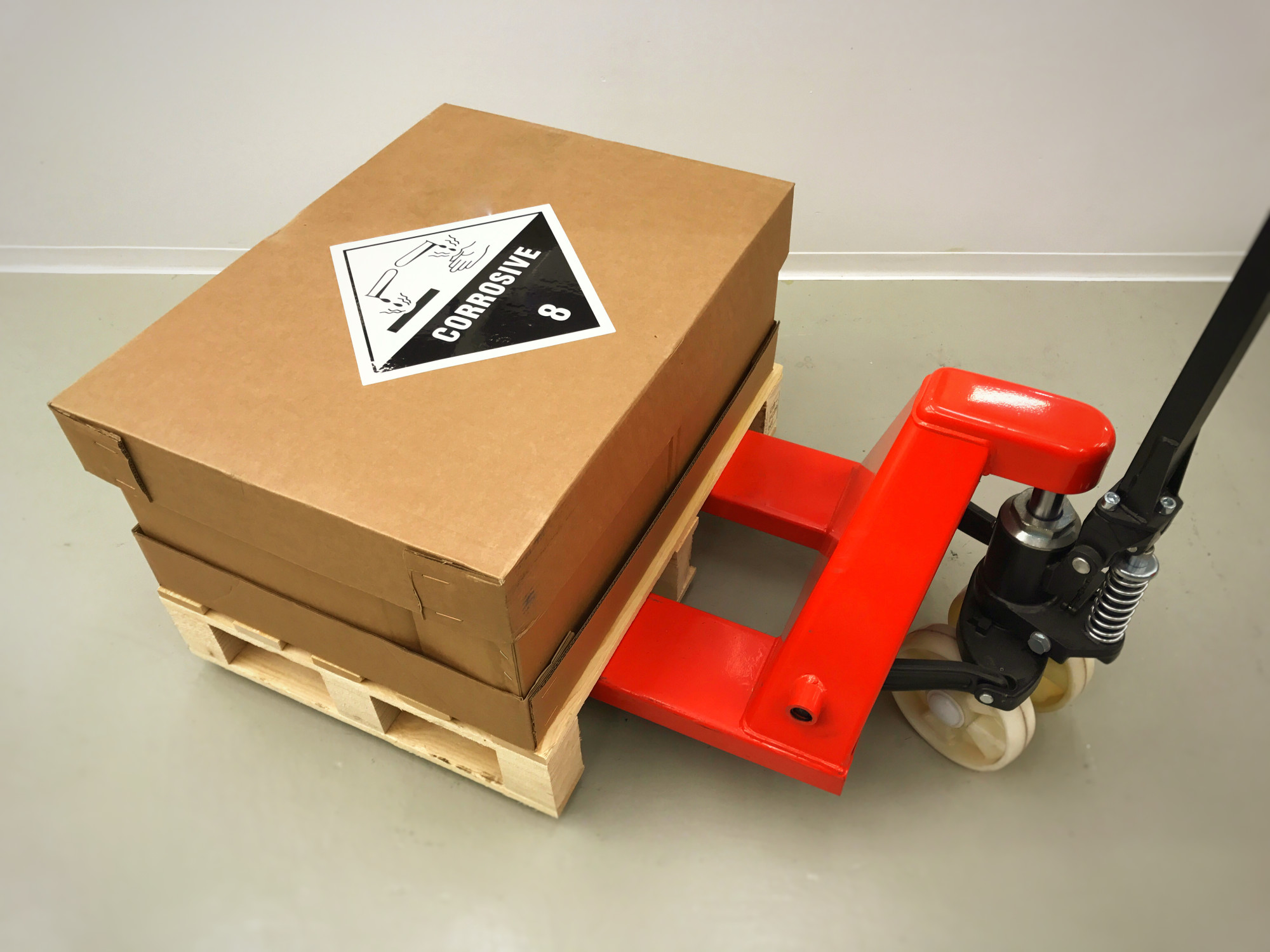 Every website has downtime. Ideally, you won’t have to deal with unscheduled downtime due to power outages, natural disasters, or subpar hosting services. It’s much better if your downtime can be scheduled and prepared for.
Every website has downtime. Ideally, you won’t have to deal with unscheduled downtime due to power outages, natural disasters, or subpar hosting services. It’s much better if your downtime can be scheduled and prepared for.
That said, even scheduled downtime for maintenance, upgrades, and other necessities should be kept to a minimum so as not to disrupt traffic, make a negative impression on visitors, or raise the ire of search engine web crawlers that determine your rankings. Here are a few tips to help you perform site upgrades with minimal downtime.
Proper Planning
This is step number one. You may not be able to make every site upgrade seamless, but with proper planning and execution you can definitely minimize downtime, or at least minimize the impact of scheduled downtime.
When you start the upgrade process, well before you’re ready to implement changes, you should be thinking about how you’re going to create processes that minimize downtime. This means having proper infrastructure in place to make the transitions as seamless as possible, as well as building upgrades that can be implemented with expedience in mind.
Waiting to address this concern until the last minute could leave you with unavoidable downtime – or the prospect of wasting time reconfiguring your strategy for implementation. Neither is a desirable outcome, which is why the planning process is so important.
Frequent Updates
It’s inevitable that you’re going to have to make changes to your website, whether you’re updating product pages, adding new blog entries, completely revamping your site, or even undertaking a server migration. Some updates will require little or no downtime while others could entail extensive downtime, even with proper planning.
Aside from having resources available to limit downtime during transitions and upgrades, you need to think about how frequently you want to upgrade your site. With regular updates, you may be able to limit downtime to just a few minutes spread out here and there, rather than several hours at a stretch to complete a backlog of updates.
This is important not necessarily because it reduces downtime, but because it decreases the impact of your downtime. This could also be accomplished by scheduling planned downtime during low-traffic periods. However, limiting downtime to several small chunks in a given month or year could increase availability to both visitors and search bots.
Suppose a consumer tries to visit your site and finds it unavailable due to downtime. If downtime is brief, they may hit the refresh button once or twice and find that your site is now available. And search bots may not even notice your downtime, or not as they would with extended periods of inaccessibility.
This is all part of weighing the risks of downtime and scheduling appropriately to not only reduce downtime, but the impact it has as well.
Backups
There is always the possibility of the worst case scenario – that something should go wrong during upgrades and you lose data needed to get back up and running. You need to be prepared for this possibility by creating a virtual save point for your online operations.
This means creating a backup of your website and all related data before your planned downtime begins. This way if something goes wrong during upgrades/downtime, you can always revert to your most recent backup without losing data or experiencing further downtime as you attempt to fix the problem.
Dual Servers
Okay, this is a bit extreme for most small companies, but it is does provide for a virtually seamless solution to the problem of downtime during upgrades. If you’re planning a full-scale server migration, this step is absolutely essential, but for your average upgrade it might be overkill.
The idea here is to keep your site up and running on one server while you perform upgrades on a mirror server. When the upgrades are complete, you switch over to the upgraded site. If all goes as planned, you should experience zero downtime by this method.
The biggest problem, naturally, is cost. Hosting two servers simultaneously can be pretty expensive and it’s probably not feasible for most businesses. However, for major moves that will require extensive downtime, it could be a good temporary solution.
Smaller businesses working with tight budgets may want to consider lower-cost alternatives like using multiple IP addresses or virtualizing their servers. With a little finagling, these methods could produce similar results at less cost.


